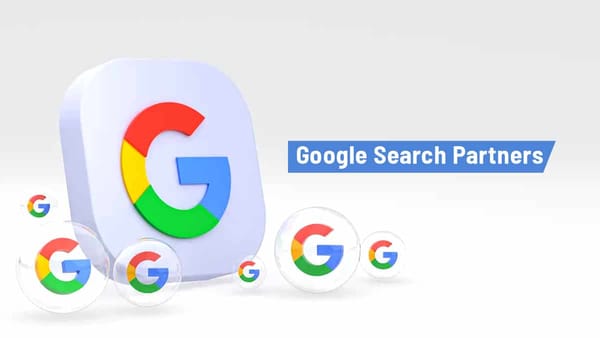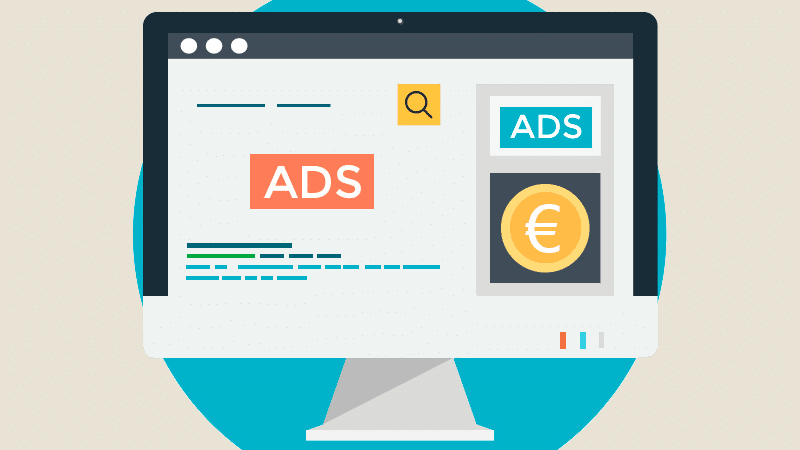SEO vs SEA: Key Differences and Which One to Choose

Introduction
When planning your digital marketing strategy, it's essential to understand the differences between SEO (Search Engine Optimization) and SEA (Search Engine Advertising). Both strategies can drive traffic to your website, but they operate in fundamentally different ways. In this article, we'll explore the key differences between SEO and SEA, with a deeper dive into SEA to help you make an informed decision about which strategy best fits your business.
What is SEA?
SEA (Search Engine Advertising) involves paying for visibility in search engine results. Advertisers bid on specific keywords, and when users search for those terms, paid ads appear at the top or bottom of the search results page. SEA offers an immediate way to attract traffic, which is ideal for campaigns requiring quick results.
Key Benefits of SEA
- Immediate Results
With SEA, visibility is instant as soon as the ad campaign is launched. This is perfect for businesses needing quick traffic, such as during promotions, product launches, or seasonal campaigns. - Highly Targeted Advertising
SEA allows businesses to target specific audiences based on factors like location, device type, language, time of day, and more. This level of precision ensures that your ads reach the right customers who are more likely to engage. - Scalability
One of SEA's key advantages is its scalability. You can adjust your budget quickly depending on the performance of your ads. This gives you the flexibility to ramp up or reduce your investment in real-time. - A/B Testing
SEA campaigns allow for A/B testing, where you can experiment with different ad versions, headlines, descriptions, and calls to action to determine which works best. This helps in optimizing campaigns for better performance and higher ROI. - Control Over Messaging
With SEA, you have full control over your ad copy and creative. Unlike SEO, where you must work within the constraints of the search engine's algorithm, SEA allows you to customize your messaging and tailor it specifically to your target audience.
Key Differences Between SEO and SEA
- Cost
SEO focuses on organic rankings and doesn't incur direct costs for clicks or impressions, although it does require time and effort. SEA, however, requires a paid model, with businesses bidding for clicks or impressions. - Time to Results
SEO takes time to produce results, as it depends on improving your site's rankings over time. SEA, on the other hand, delivers immediate visibility and traffic once ads are live. - Longevity
SEO provides long-term benefits by sustaining organic traffic once high rankings are achieved. SEA only lasts as long as the ad campaign is running, and traffic stops once the budget is exhausted. - Click-Through Rate (CTR)
Organic search results usually attract higher CTR because users trust them more. Paid ads, however, tend to have a lower CTR, but they can still be highly effective when targeting the right audience.
Which Strategy to Choose?
Deciding between SEO and SEA largely depends on your business goals and needs:
- SEO is ideal if you're looking for long-term, sustainable traffic without incurring ongoing advertising costs.
- SEA is a better choice for businesses needing fast, targeted traffic for specific promotions or events.
For many businesses, combining both SEO and SEA can provide a more comprehensive approach, leveraging the long-term advantages of SEO and the immediate visibility of SEA.
Conclusion
Both SEO and SEA offer distinct advantages depending on your business objectives. SEA, with its instant visibility and precise targeting, is perfect for businesses seeking immediate traffic or short-term campaigns. Consider your goals, budget, and timeline when choosing the right strategy or combination of strategies to grow your online presence effectively.




